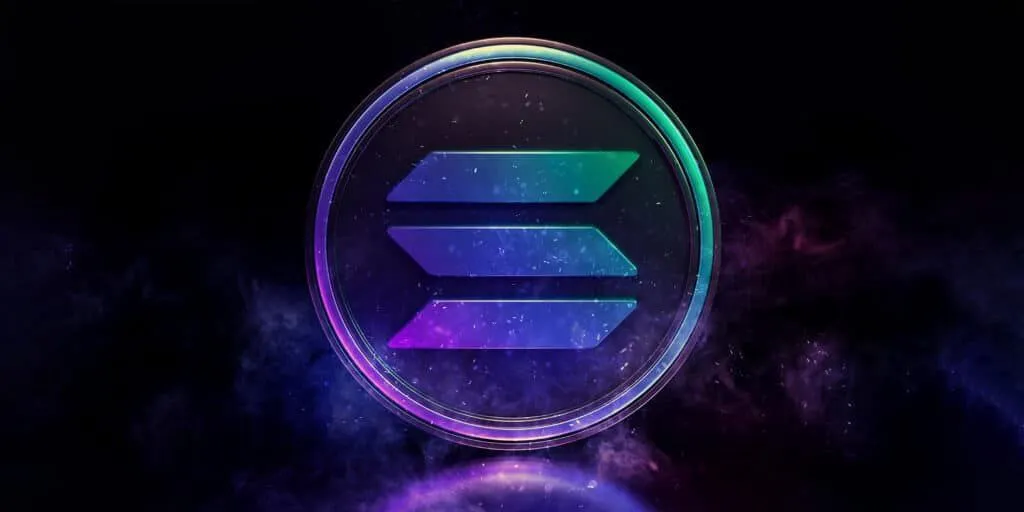SeedList Rewrites the Rules of Crowdfunding With 100,000 Members in 24 Hours

In a sector often dominated by venture capital insiders and restrictive allocations, SeedList has made an entrance that few expected. Within just one day of its official launch, the next-generation crowdfunding platform drew in more than 100,000 participants across Telegram and Twitter. What began with an already impressive 20,000 signups in the first hours surged into six figures before the day was out, setting a new standard for community-driven fundraising and putting SeedList firmly on the map.
The milestone reflects not only enthusiasm for SeedList itself but also a rising demand for new models of token crowdfunding. The traditional system—where allocations are carved up behind closed doors and retail participants are excluded—has been steadily losing favor. With its community-led design, SeedList is positioning itself as the alternative: a platform that prioritizes transparency, merit, and meaningful contribution over access determined by who has the right connections.
For SeedList, the explosive first day is more than a vanity metric. It is evidence that its thesis—that early-stage funding should be open to contributors and communities, not just capital—resonates with investors, developers, advisors, and builders alike.
SeedList’s co-founder Brijesh Patel, formerly of Pronomos Capital, sees this as a validation of a vision years in the making. Patel, who has worked with backers like Marc Andreessen of a16z, Balaji Srinivasan of Coinbase, and the Winklevoss twins of Gemini, noted: “The community response has been overwhelming. People are ready for a system that doesn’t just funnel allocations to the same funds and insiders. They want transparency and fairness. Our launch shows the demand is real—and it’s global.”
Solana as the Base Layer
SeedList’s rapid adoption also highlights the growing role of the Solana ecosystem. Known for its speed, efficiency, and vibrant developer community, Solana has become a natural home for experimental crowdfunding. Low transaction costs and scalability make it ideal for broad, retail-friendly participation.
Community feedback during the SeedList launch underscored this connection. Many cited Solana’s accessibility and network effects as reasons to join the platform early. With new approaches like contributor-based allocations and AI-driven distribution models taking hold, SeedList’s growth amplifies Solana’s story as a launchpad for the next wave of projects.
Co-founder CryptoSheldon, a long-time Solana supporter, put it simply:
“Solana isn’t just infrastructure, it’s where community engagement thrives. What our numbers show is that people are hungry for Solana-based tokens when the access model is fair and inclusive. When you mix that with community-first tools like Pump.fun for meme experimentation, Orca for liquidity, or wallets like MetaMask and TrustWallet making onboarding smoother, you create a formula for large-scale adoption.”
From Insiders to Contributors
Historically, early-stage allocations have been the domain of venture firms, with retail investors locked out until tokens hit exchanges—often at multiples of the private price. SeedList aims to upend that pattern. Its model uses contributor tiers and AI evaluation to reward value creation directly, whether that’s through building technology, providing expertise, amplifying reach, or mobilizing communities.
This merit-based distribution strikes a chord with crypto natives who have long felt excluded from the industry’s most lucrative phases. The fact that SeedList attracted 100,000 people on its first day suggests that frustration with the old system is widespread—and that contributors are eager to support a fairer alternative.
A Worldwide Movement
SeedList’s launch wasn’t confined to one geography. The community wave came from across North America, Europe, Asia, Africa, and Latin America, bringing together a diverse set of contributors who share a common desire: to participate meaningfully in Web3’s growth.
For many in underrepresented regions, SeedList offers access that has been historically out of reach. By opening the gates to contributors rather than restricting them, the platform provides opportunities for people who may have the expertise, creativity, or networks to add value, but not necessarily institutional connections.
The team has been clear that their ambitions extend well beyond the initial surge. A structured roadmap is already in place, including further integration with exchanges, contributor-level enhancements, and expanded use of AI for fair distribution. The goal isn’t short-term hype but long-term sustainability: projects that grow durable communities, hold liquidity, and achieve real-world adoption.
The Shift Already Underway
SeedList’s first-day performance serves as both proof of concept and early signal that the market is ready for change. Crowdfunding has always been about democratizing access, but in crypto it often devolved into lotteries, bottlenecks, and opaque allocation practices. With its early momentum, SeedList demonstrates that a model rooted in fairness and contribution resonates widely.
As Brijesh Patel summed up: “This is only the beginning. Our vision is to reshape how token launches happen, how communities grow, and how contributors are rewarded. If the first 24 hours are any indicator, the shift away from closed-door venture allocations toward open, community-led crowdfunding has already begun.”
The significance of 100,000 members joining in a single day goes beyond numbers. It signals a broader transition—away from a system built for funds and toward one built for communities. For Web3 builders preparing for launches in 2025 and beyond, the lesson is clear: the community wants in from day one.
And with SeedList at the center of this momentum, the blueprint for future crowdfunding may already be in place.








